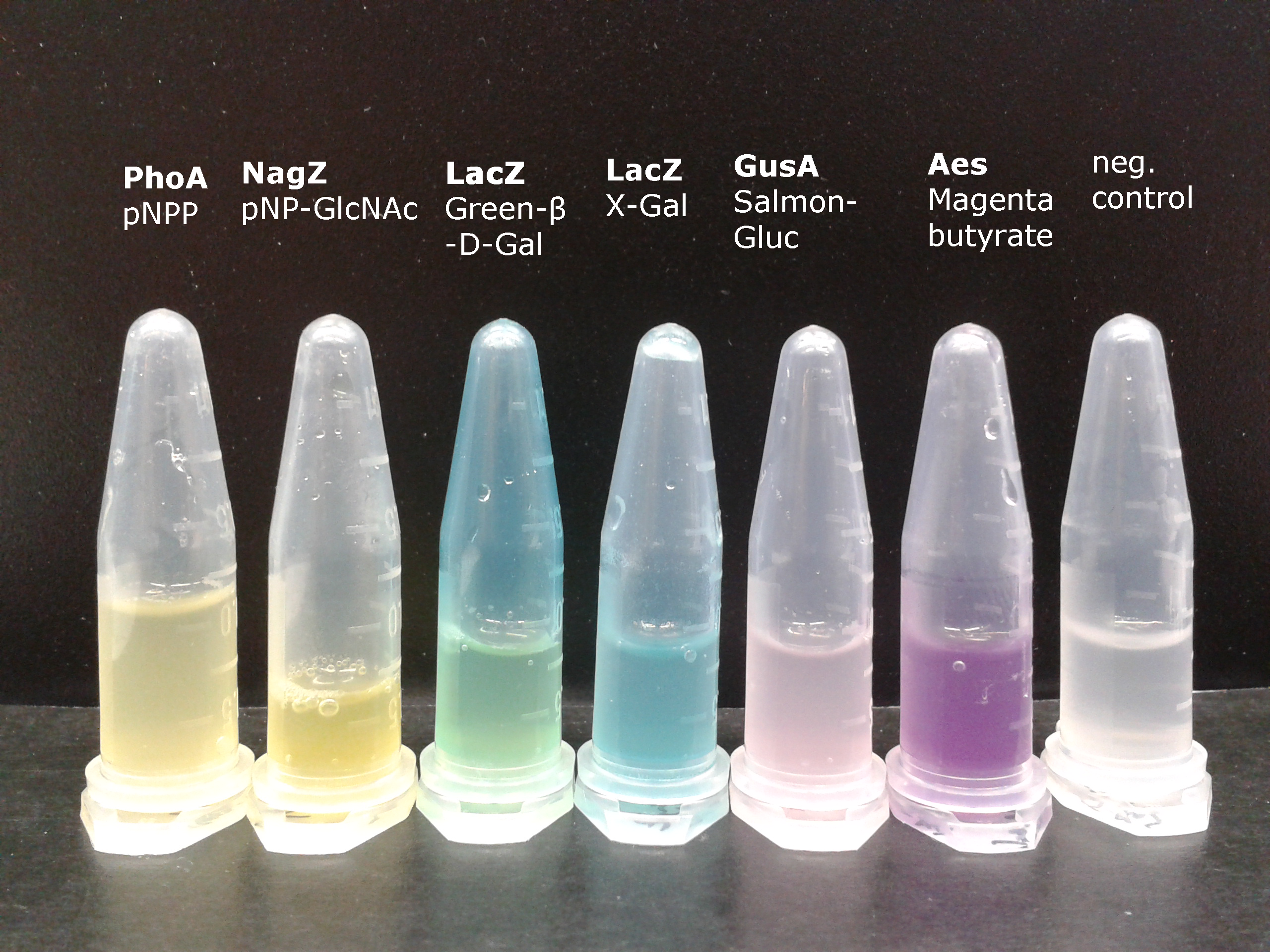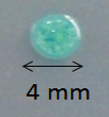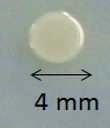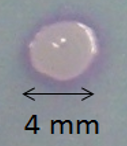Team:ETH Zurich/Experiments 3
From 2013.igem.org
| Line 4: | Line 4: | ||
<h1>Enzyme-substrate reactions</h1> | <h1>Enzyme-substrate reactions</h1> | ||
| - | + | [[File:2013-09-16 09.30 (1).png|450px|right|thumb|<b>Figure 1: Colorimetric output</b> This image shows liquid cultures of our mutant ''Escherichia coli'' strain expressing the enzymes PhoA, NagZ, LacZ, GusA or Aes to convert specific chromogenic substrates into the color outputs needed for our project. There is a possibility to create more colors, since our hydrolases have a large spectrum of substrates to convert to give different colorimetric outputs. As an example of multi-substrate conversion, there is the LacZ which can convert X-Gal into a blue output and Green-β-D-Gal into a green output.]] | |
| - | [[File:2013-09-16 09.30 (1).png|450px| | + | |
| - | + | ||
| - | + | <p align="justify">To generate visible output by adding substrates to colonies in Colisweeper, we made use of orthogonal enzyme-substrate reactions. A set of chromogenic substrates was chosen to produce different colors depending on the abundant hydrolases and thereby to uncover the identity of each colony to the player.<br> | |
| + | Chromogenic substrates incorporate a chromophore whose absorbance properties change after the enzyme reaction, and the color signal produced then is directly related to the enzyme-catalyzed reaction.<br> | ||
| + | Indican is a chromogenic glycoside hydrolase substrate which belongs to a family of natural glycosides found in plants. Cleavage of the glycosidic bond forms an unstable hydroxyindole intermediate, which dimerizes by oxidation to form indigo as a blue precipitate:<br> | ||
| + | Numerous enzyme substrates have been designed following this natural product example, giving rise to many colored phenols that are used to detect enzyme activities.<br><br> | ||
| + | In Colisweeper, the set of enzyme-substrate pairs are chosen as illustrated in the following table:</p> | ||
<br clear="all"/> | <br clear="all"/> | ||
Revision as of 13:03, 3 October 2013
Contents |
Enzyme-substrate reactions

To generate visible output by adding substrates to colonies in Colisweeper, we made use of orthogonal enzyme-substrate reactions. A set of chromogenic substrates was chosen to produce different colors depending on the abundant hydrolases and thereby to uncover the identity of each colony to the player.
Chromogenic substrates incorporate a chromophore whose absorbance properties change after the enzyme reaction, and the color signal produced then is directly related to the enzyme-catalyzed reaction.
Indican is a chromogenic glycoside hydrolase substrate which belongs to a family of natural glycosides found in plants. Cleavage of the glycosidic bond forms an unstable hydroxyindole intermediate, which dimerizes by oxidation to form indigo as a blue precipitate:
Numerous enzyme substrates have been designed following this natural product example, giving rise to many colored phenols that are used to detect enzyme activities.
In Colisweeper, the set of enzyme-substrate pairs are chosen as illustrated in the following table:
| Hydrolase | Complementary substrate / IUPAC name | Visible color | Concentration[M] | ||
|---|---|---|---|---|---|
| LacZ | Beta-Galactosidase | X-Gal | 5-Bromo-4chloro-3-indolyl-beta-galactopyranoside | Blue | |
| LacZ | Beta-Galactosidase | Green-beta-D-Gal | N-Methyl-3-indolyl-beta-D_galactopyranoside | Green | |
| GusA | Beta-glucuronidase | Magenta glucuronide | 6-chloro-3-indolyl-beta-D-glucuronide-cycloheylammonium salt | Salmon | |
| PhoA | Alkaline phosphatase | pNPP | 4-Nitrophenylphosphatedi(tris) salt | Yellow | |
| Aes | Acetyl esterase | Magenta butyrate | 5-bromo-6-chloro-3-indoxyl butyrate | Magenta | |
| NagZ | Glycoside hydrolase | X-glucosaminide X-Glucnac | 5-bromo-4-chloro-3-indolyl-N-acetyl-beta-D-glucosaminide | Blue | |
Beta-galactosidase(LacZ)
Chemical conversion

Colorimetric response in liquid culture
Colorimetric response on LB-Agar
Alkaline phosphatase(PhoA)
Chemical conversion

Colorimetric response in liquid culture
Colorimetric response on LB-Agar
Acetyl esterase(Aes)
Chemical conversion

Colorimetric response in liquid culture
Colorimetric response on LB-Agar
Beta-glucuronidase(GusA)
Chemical conversion

Colorimetric response in liquid culture
Colorimetric response on LB-Agar
β-N-Acetylglucosaminidase(NagZ)
Chemical conversion

Colorimetric response in liquid culture
Colorimetric response on LB-Agar
Do the substrates and enzymes cross-react ?
An enzyme-substrate test matrix (Figure 6) was established to test each substrate against each enzyme. The results were as expected (Figure 6.2) and no cross reaction is visible. The NagZ-X - glucosaminide X-Glunac reveal some difficulties in the liquid culture as well as on the agar plate.
 "
"













